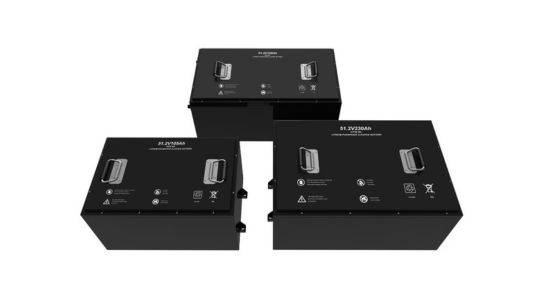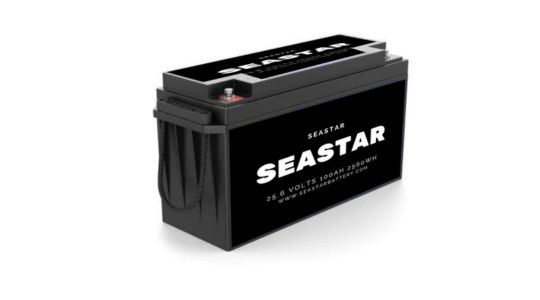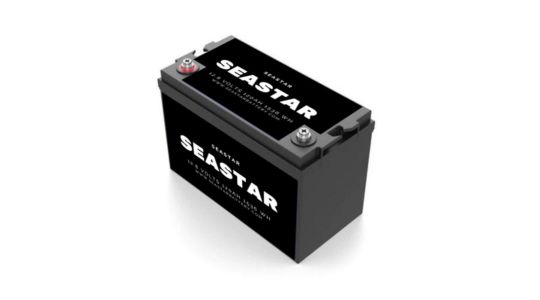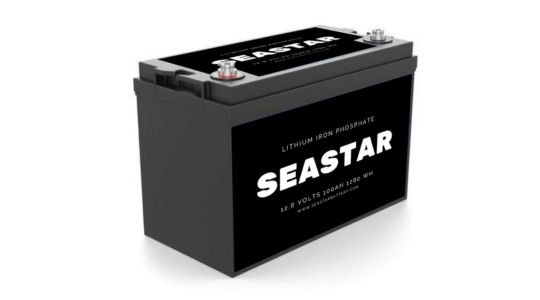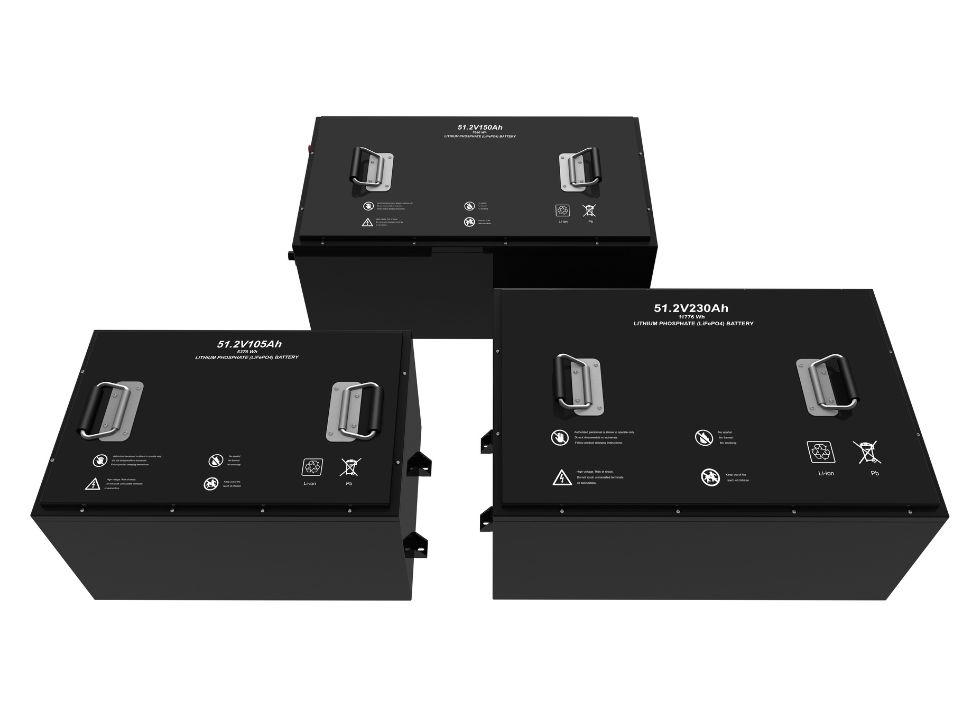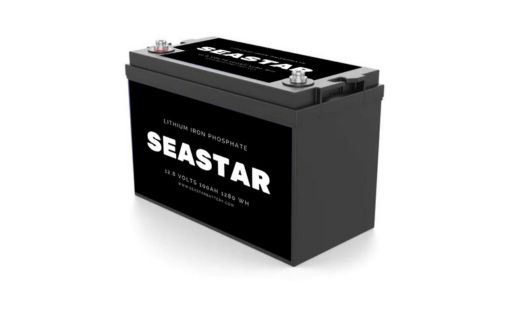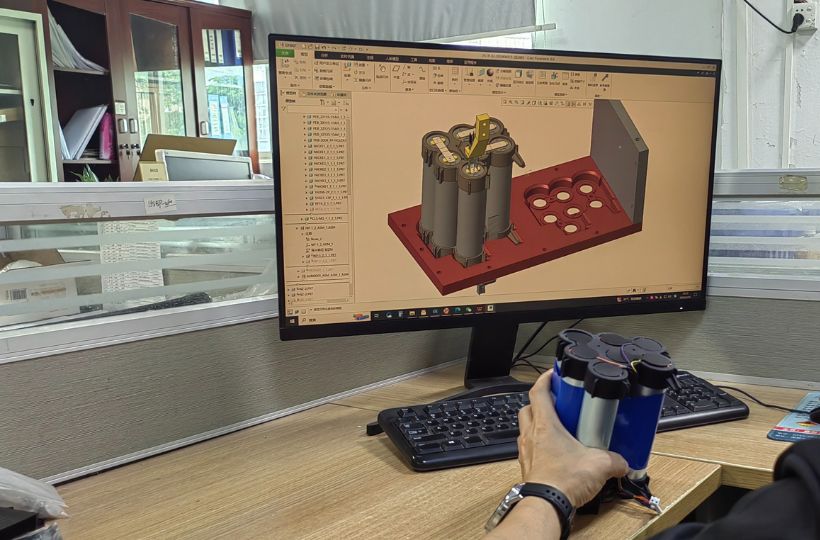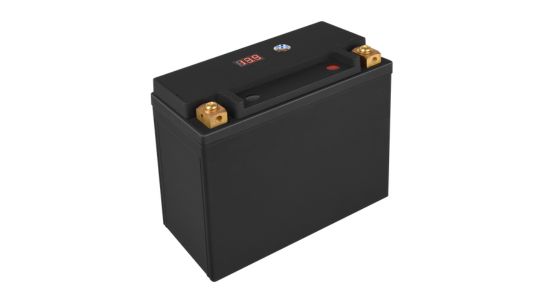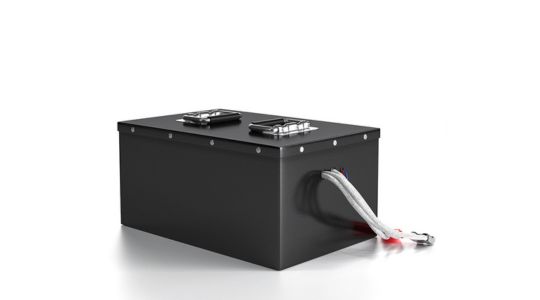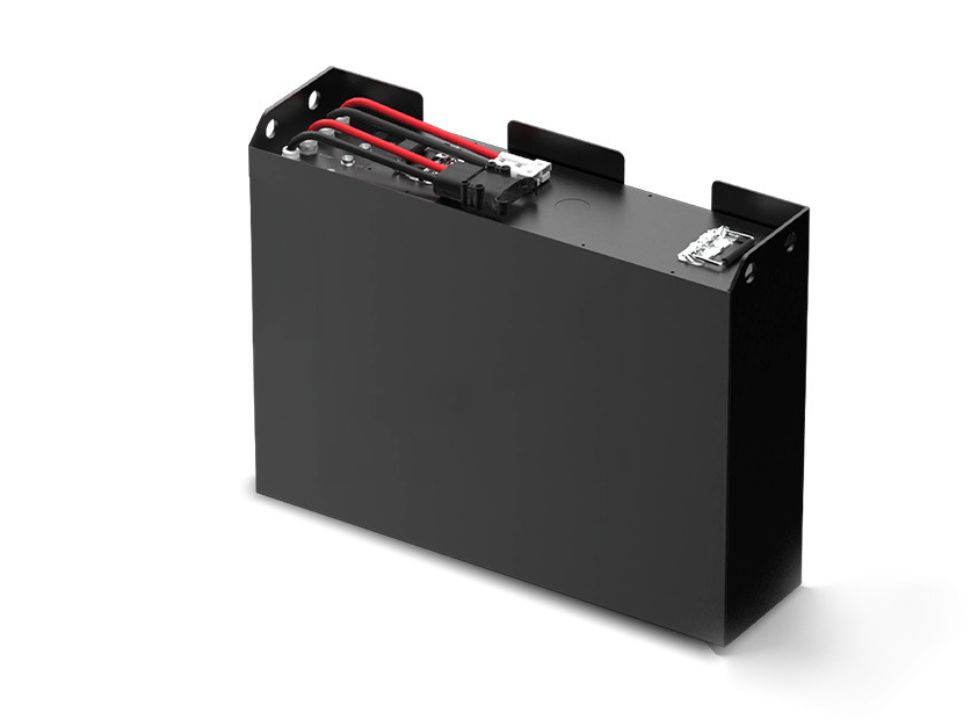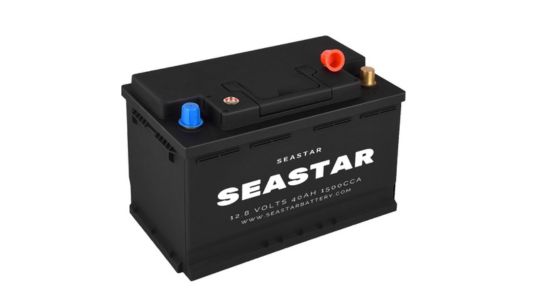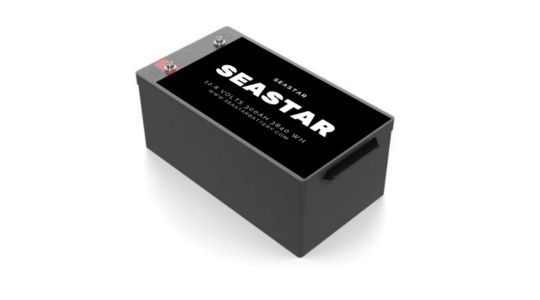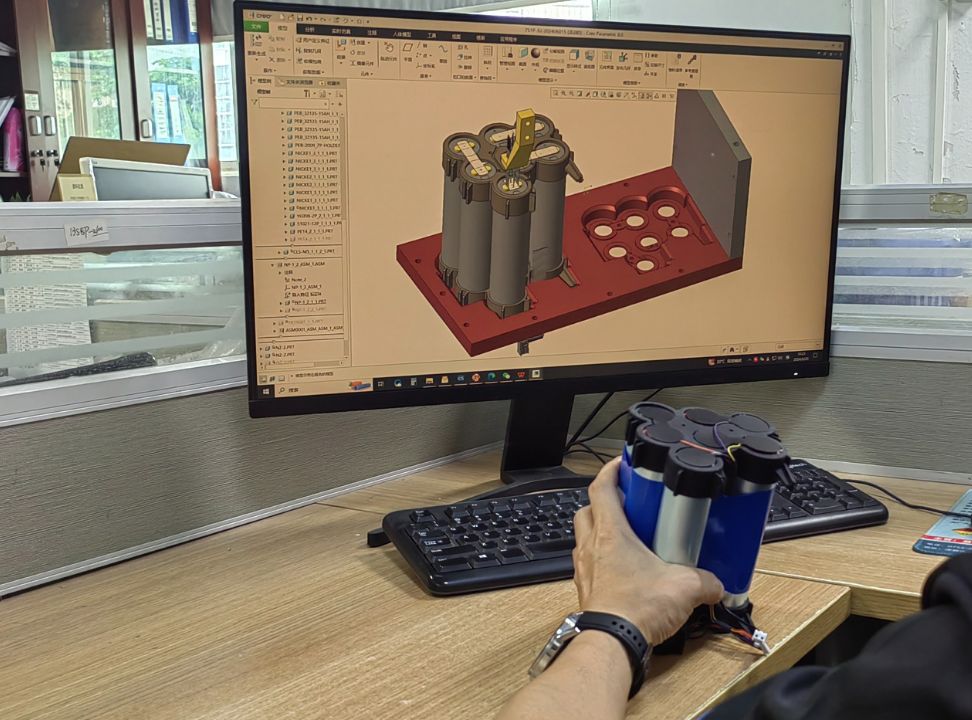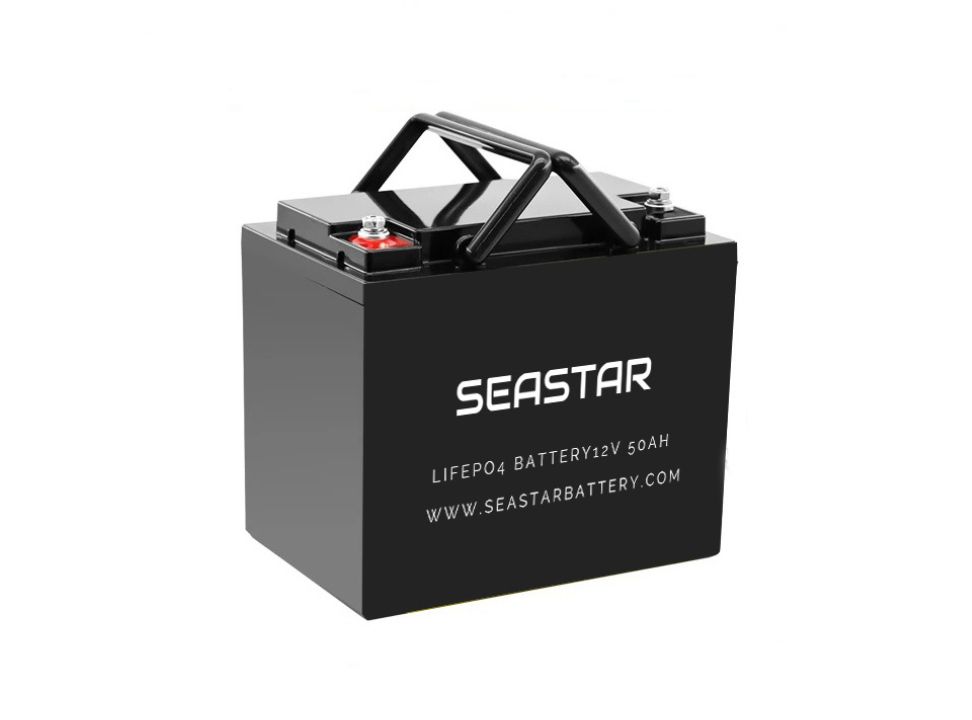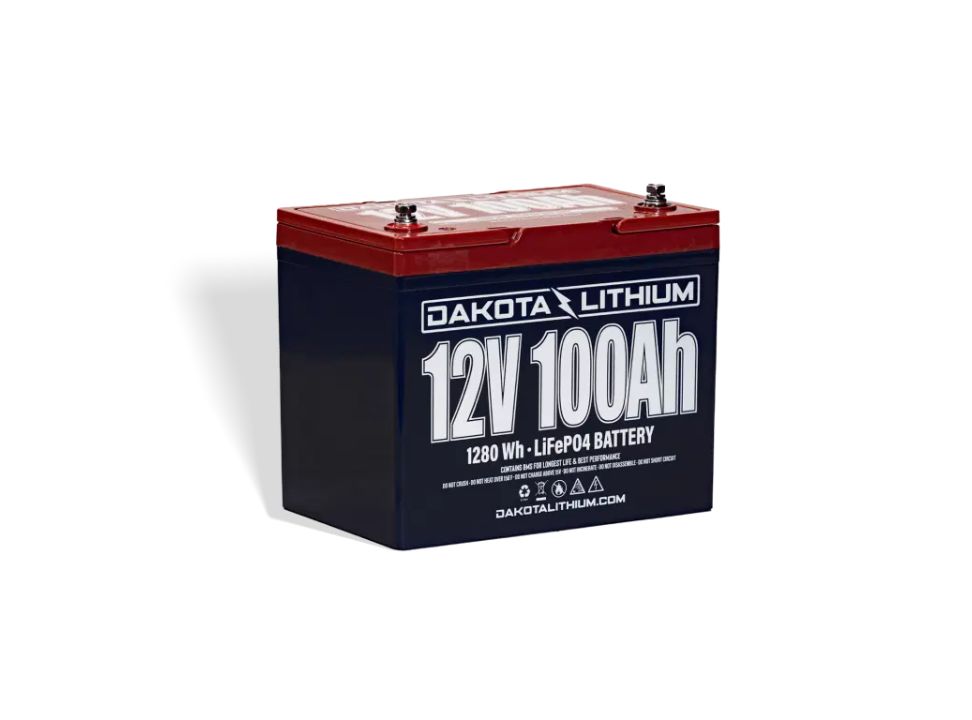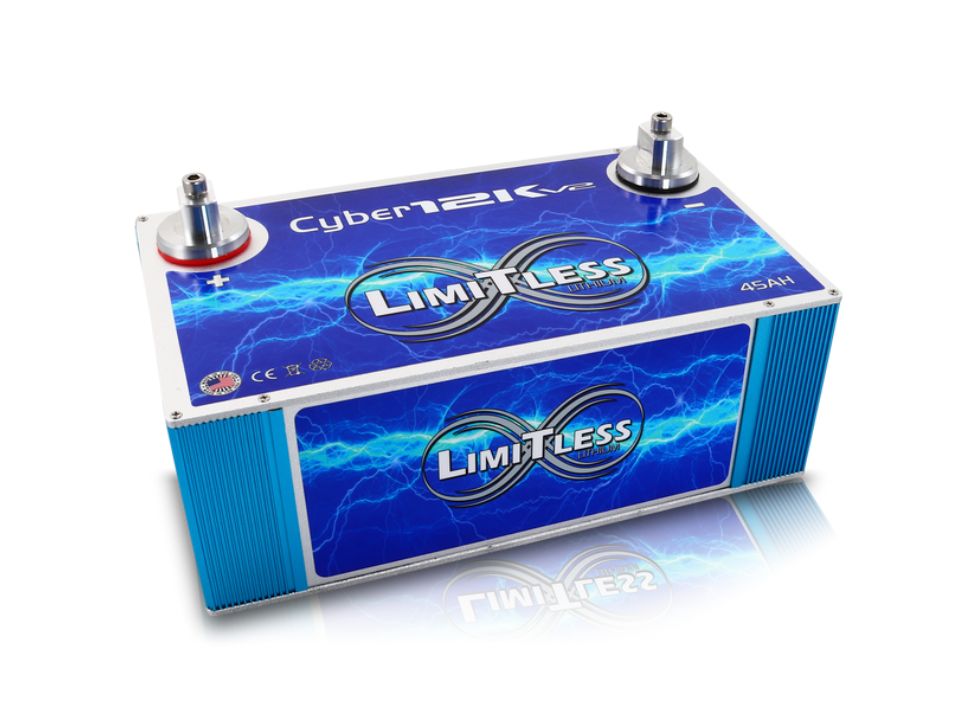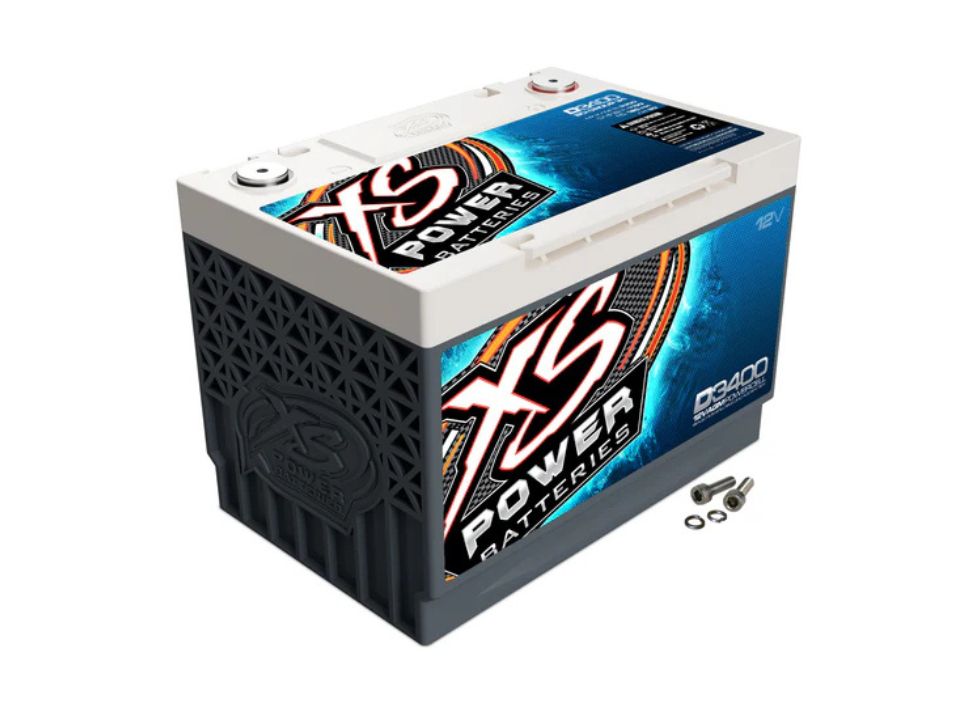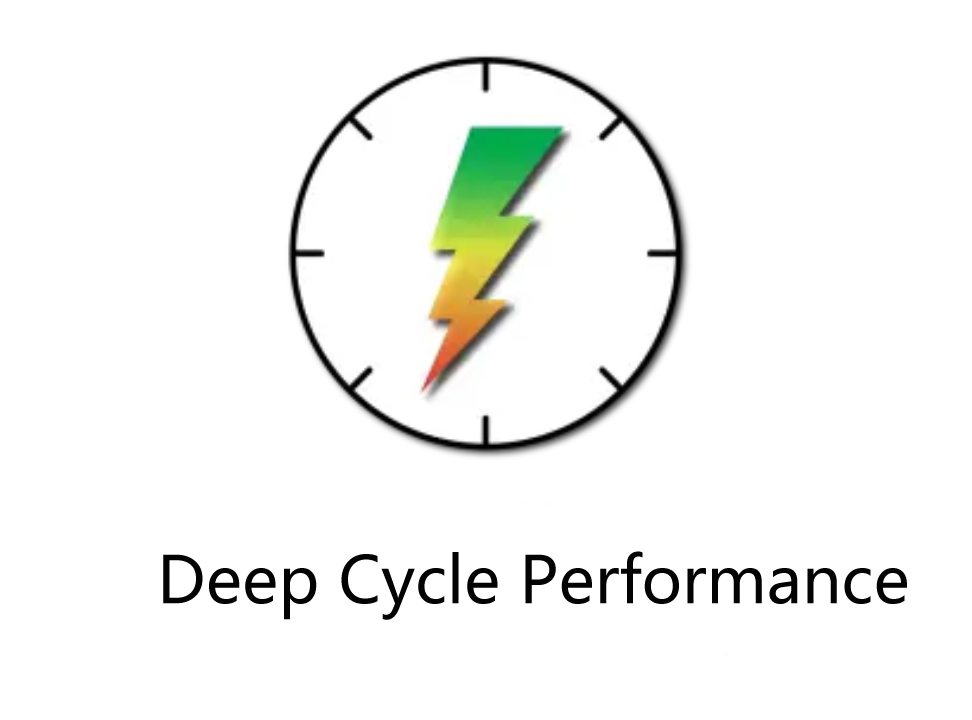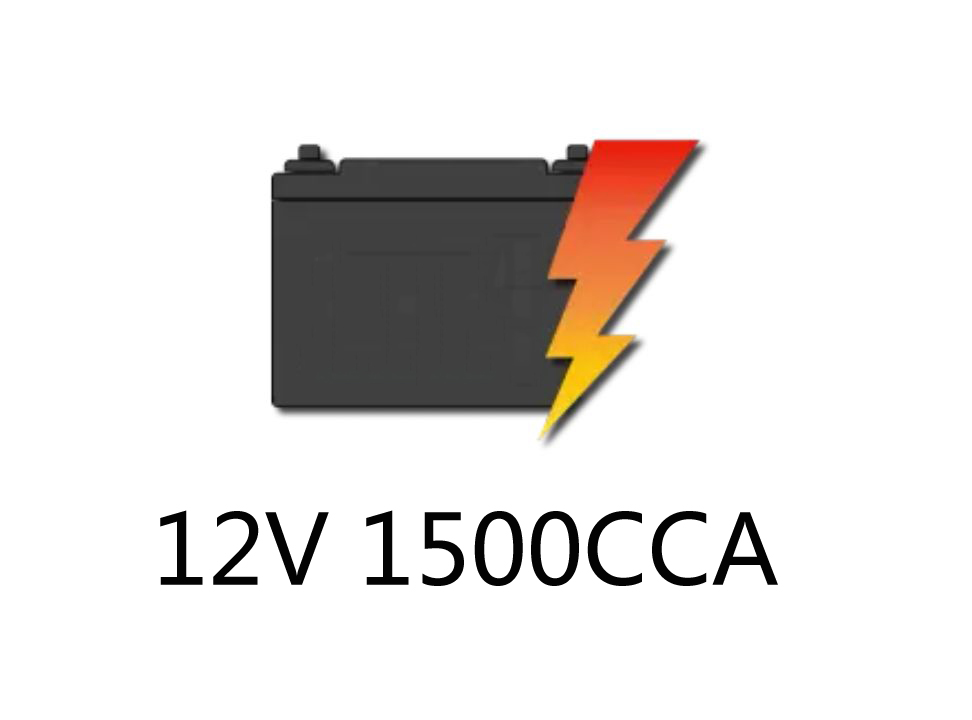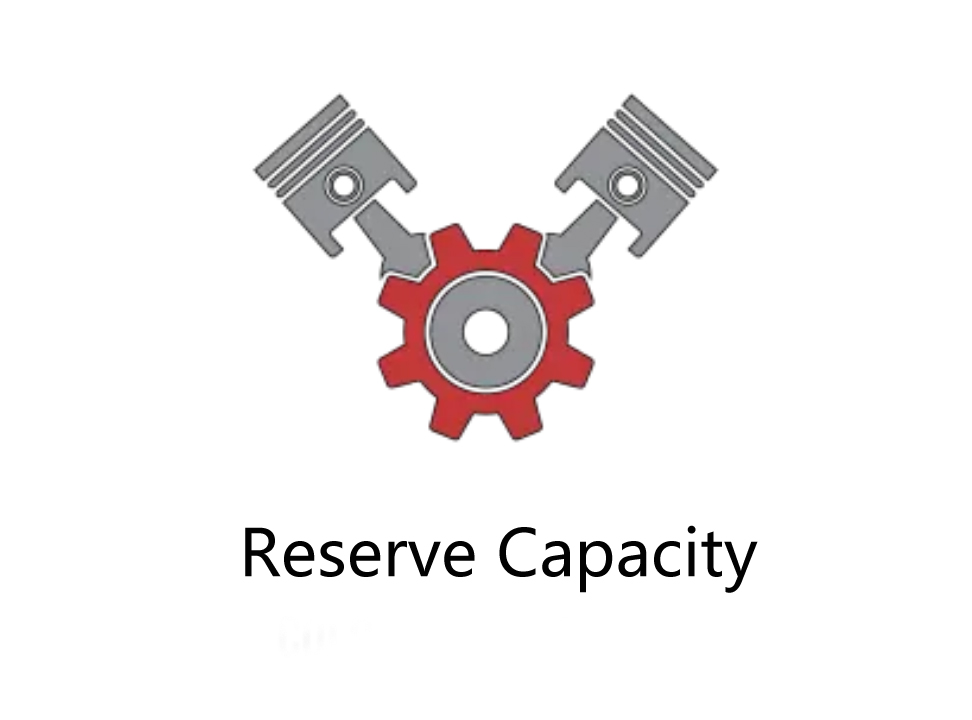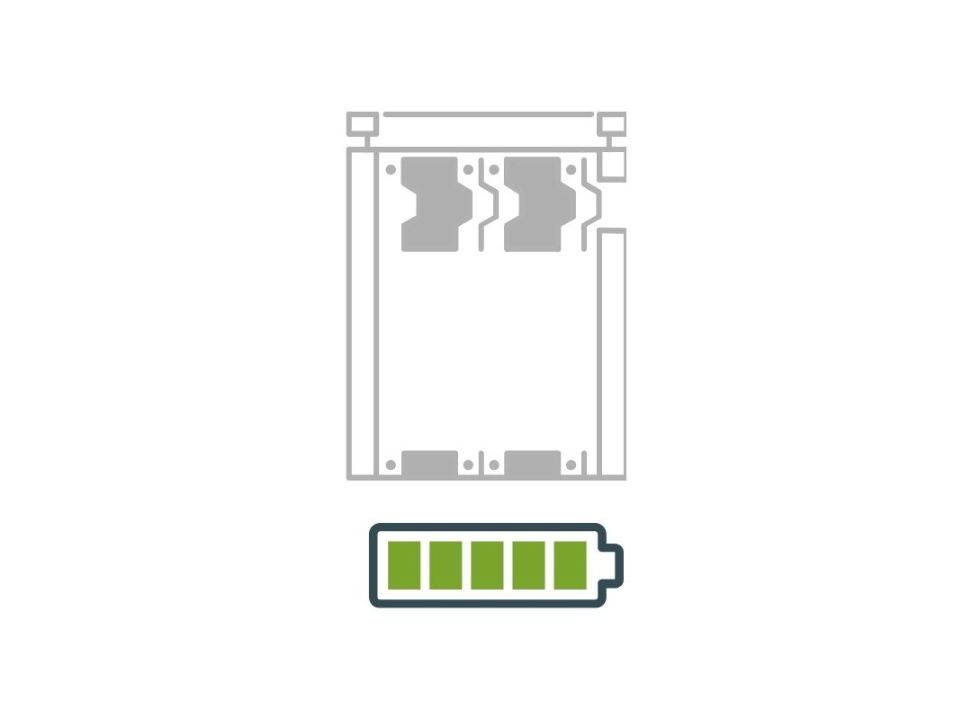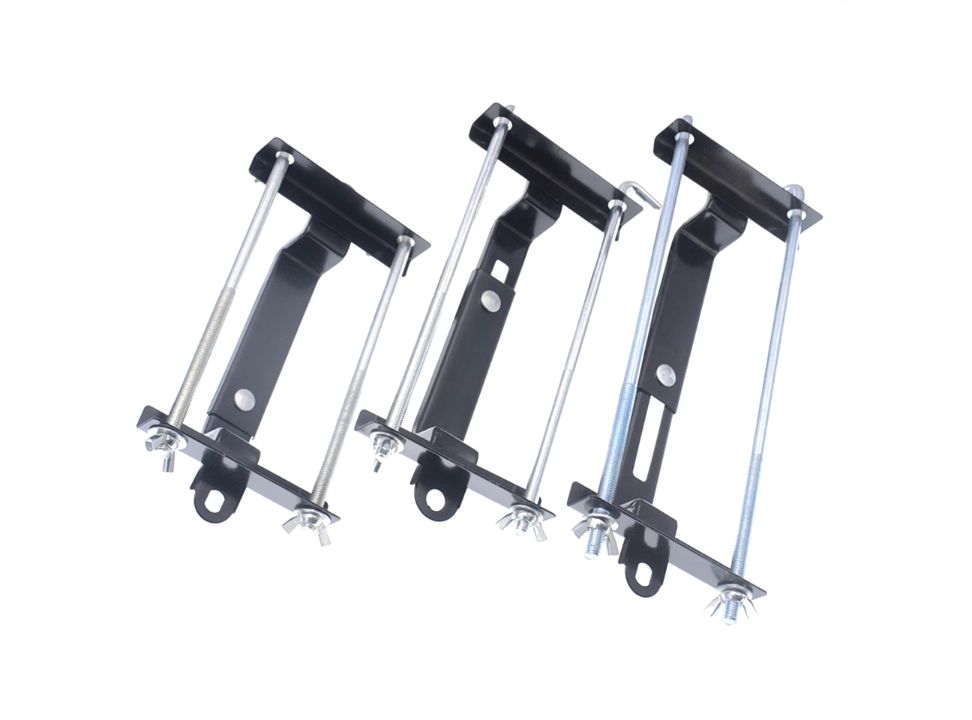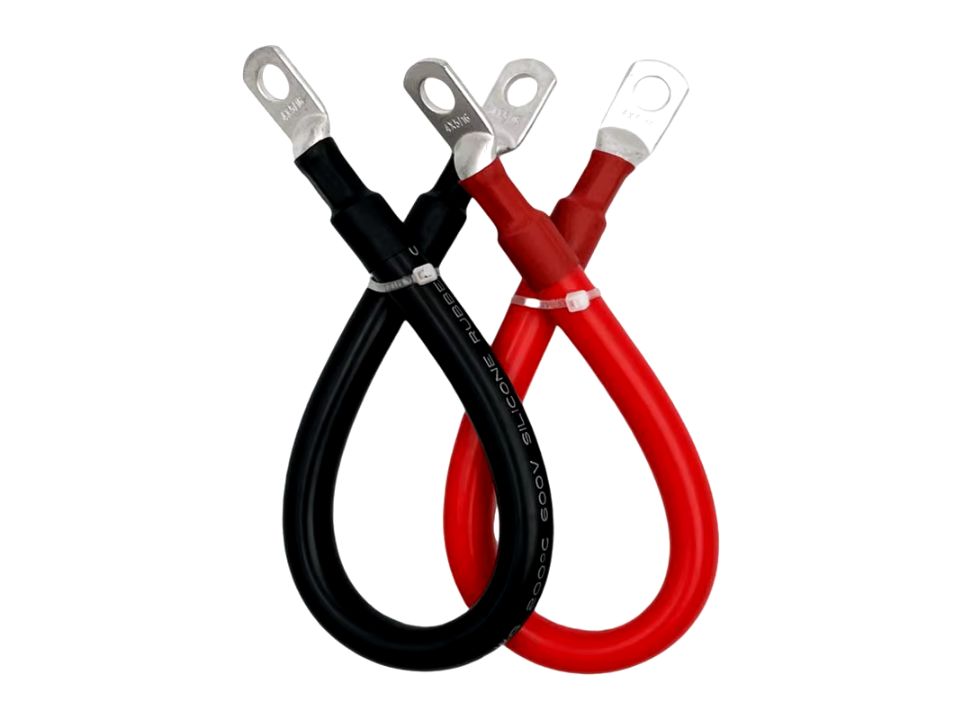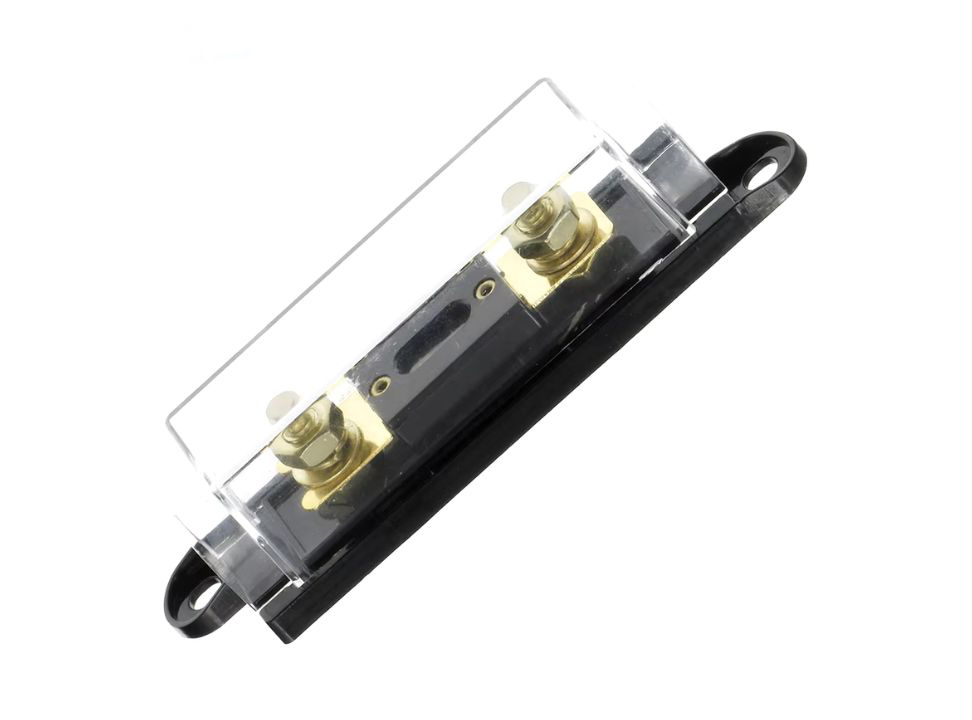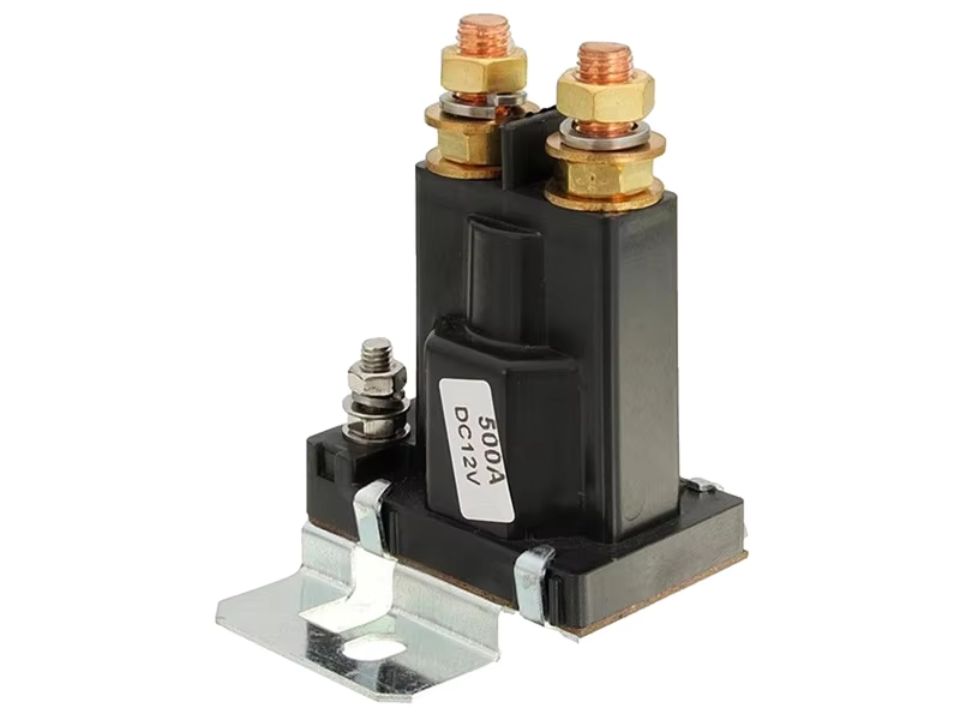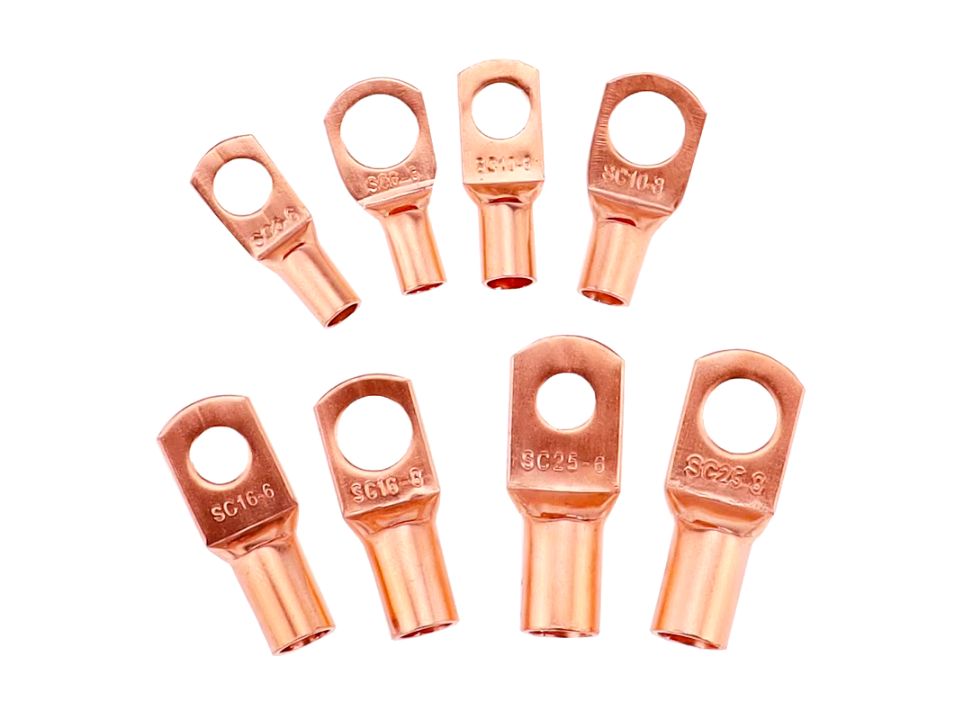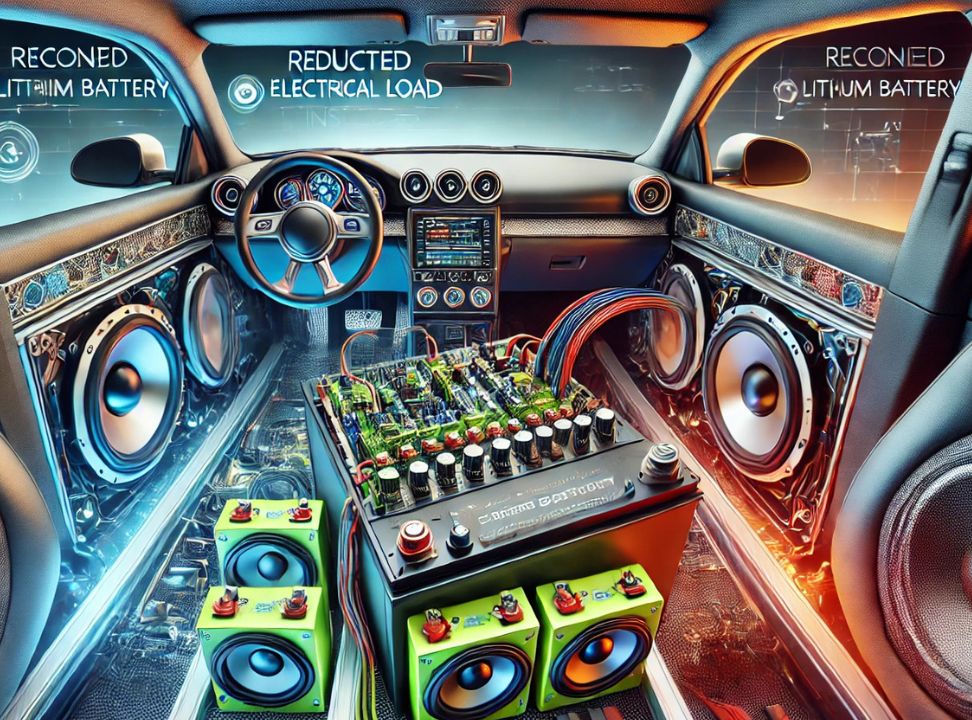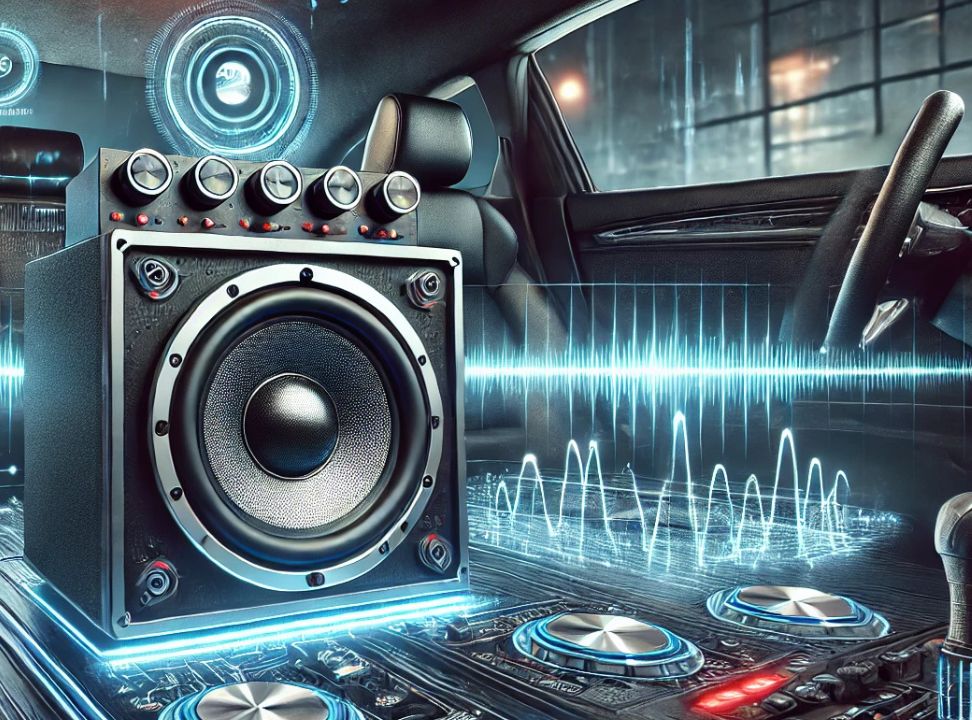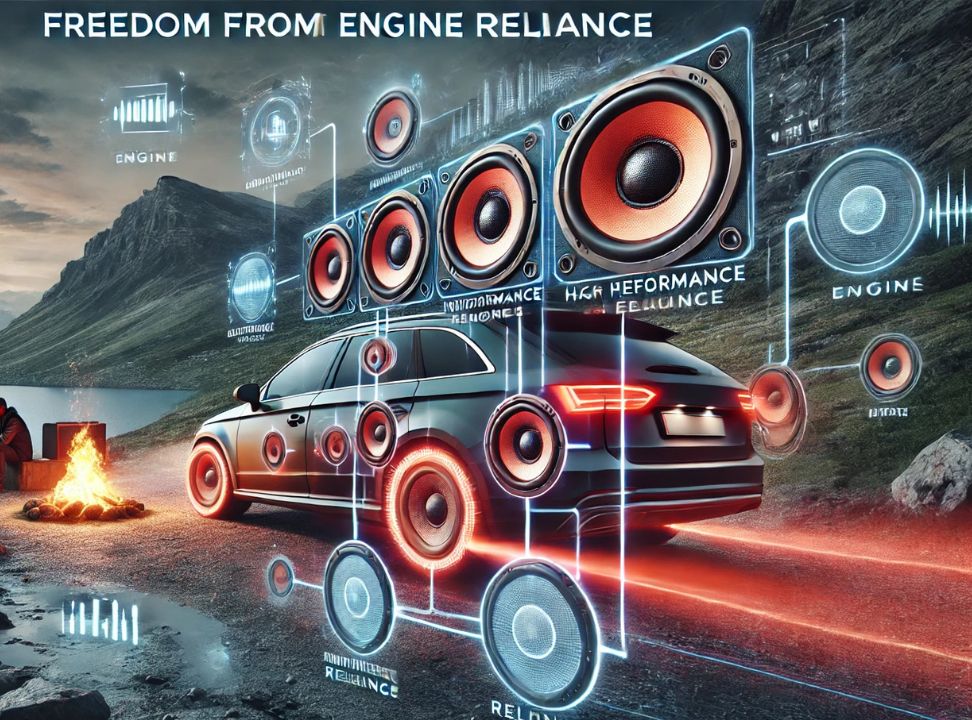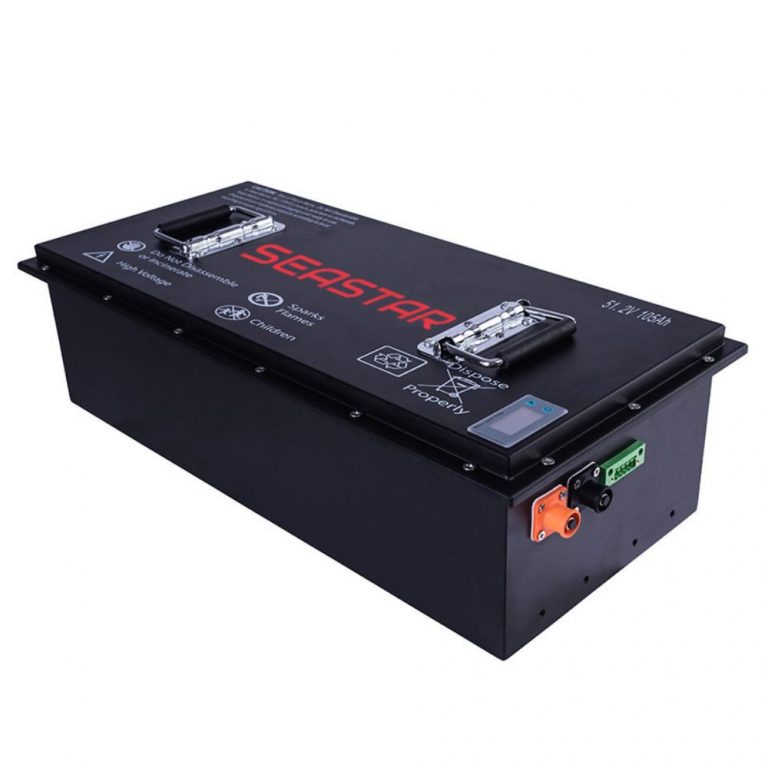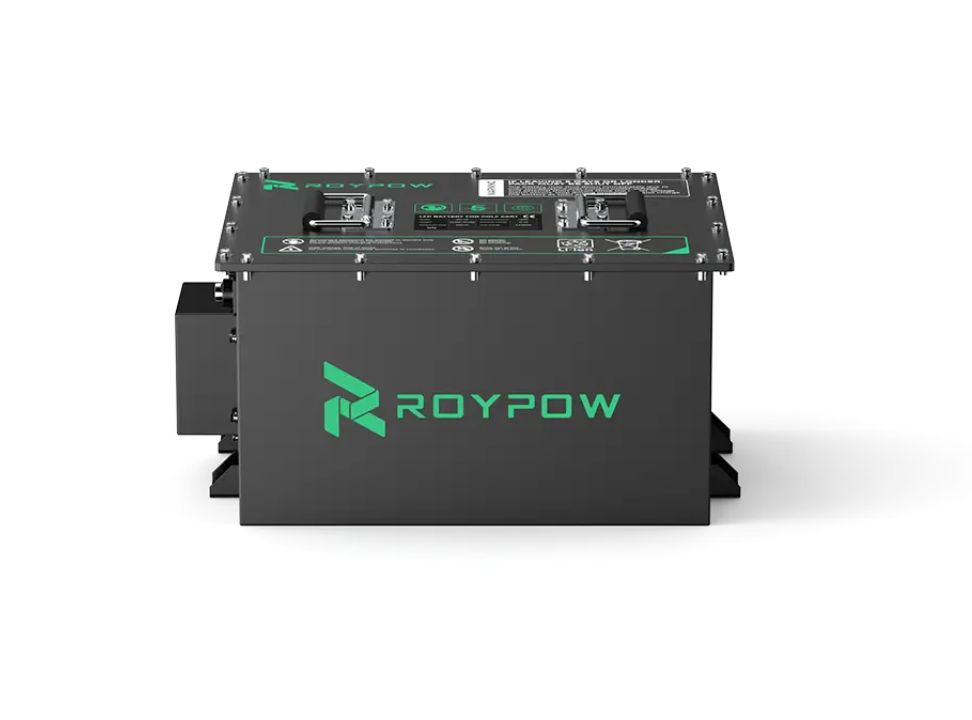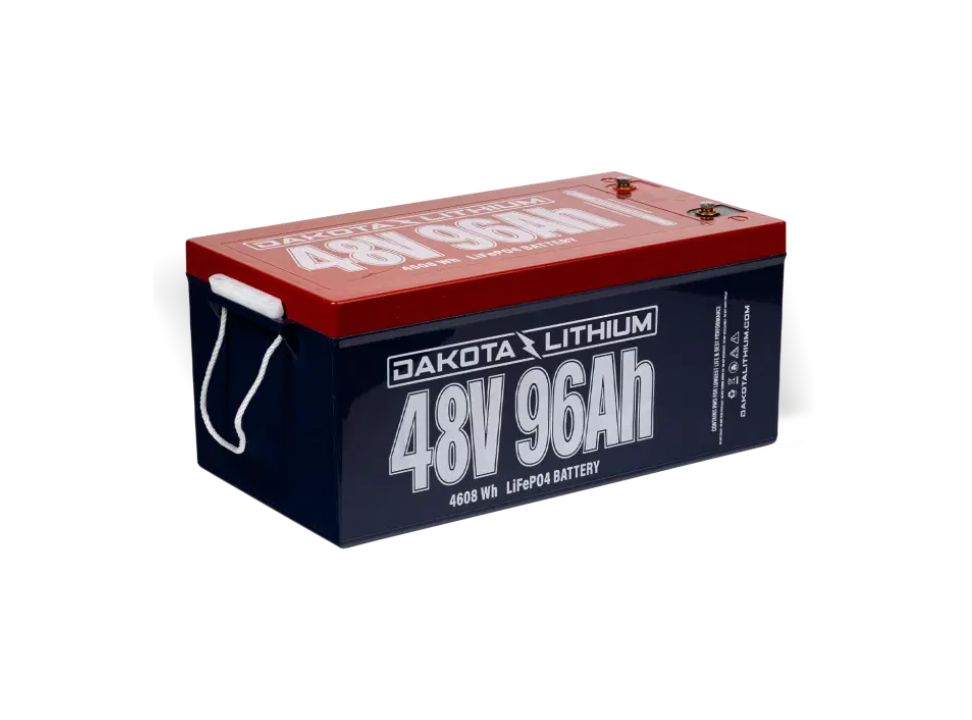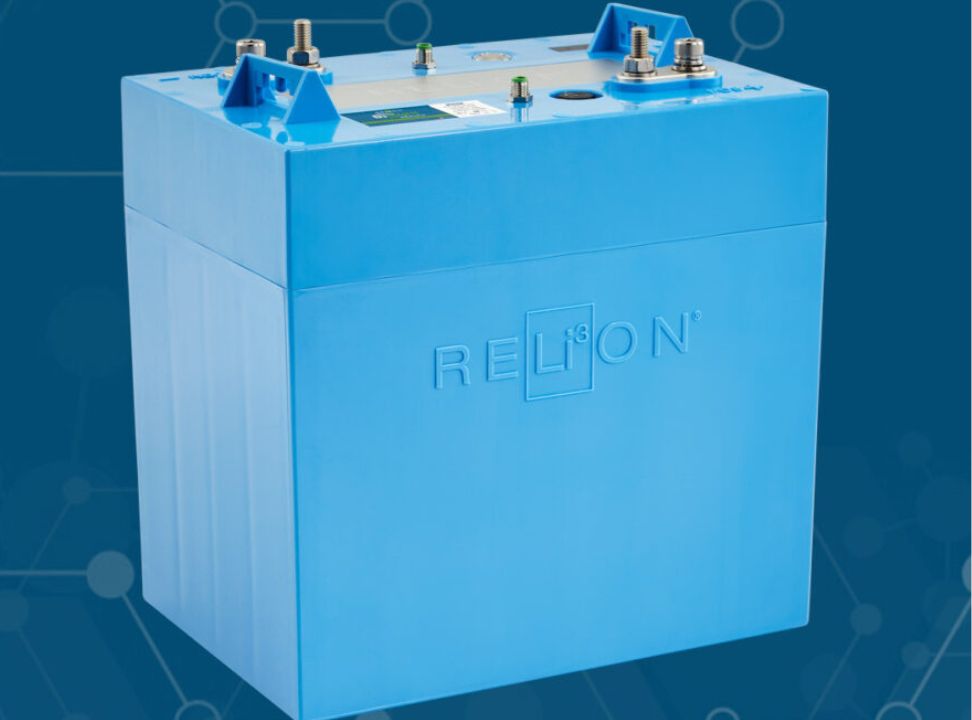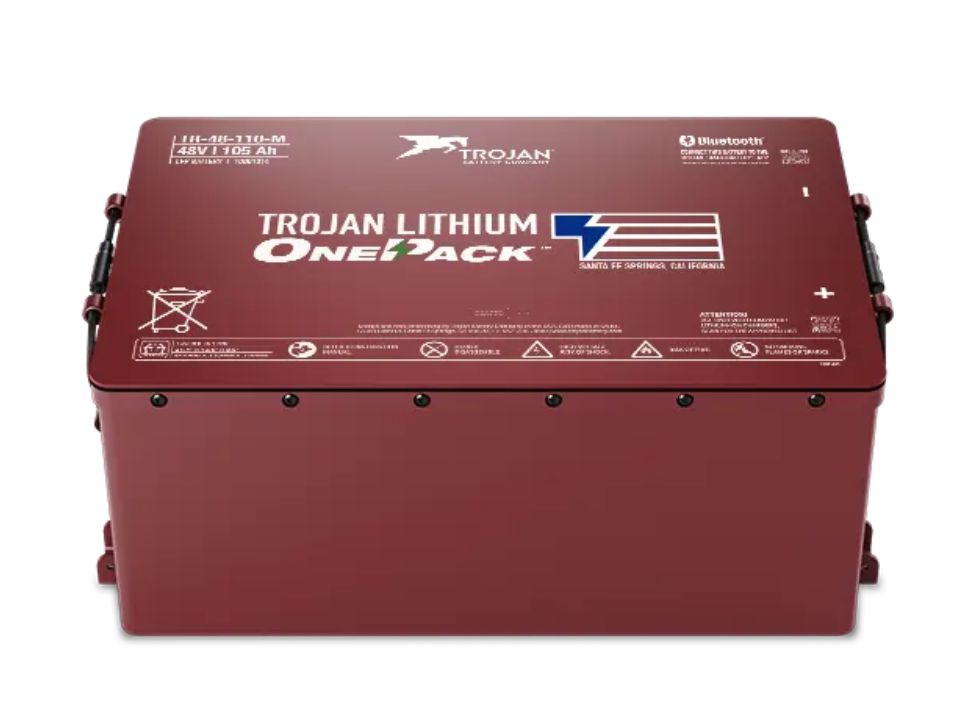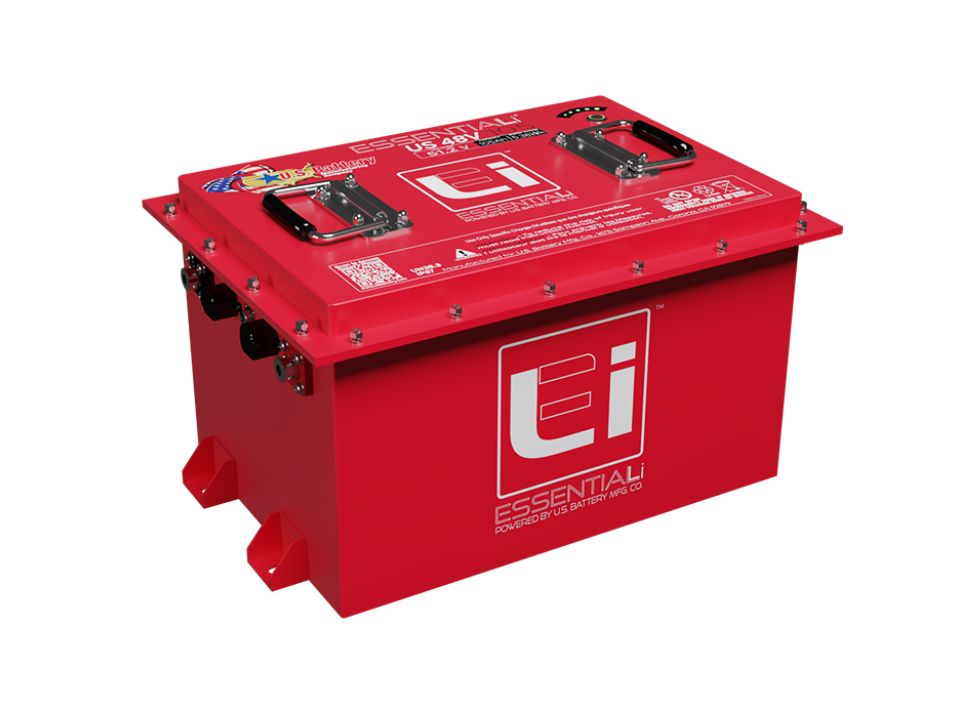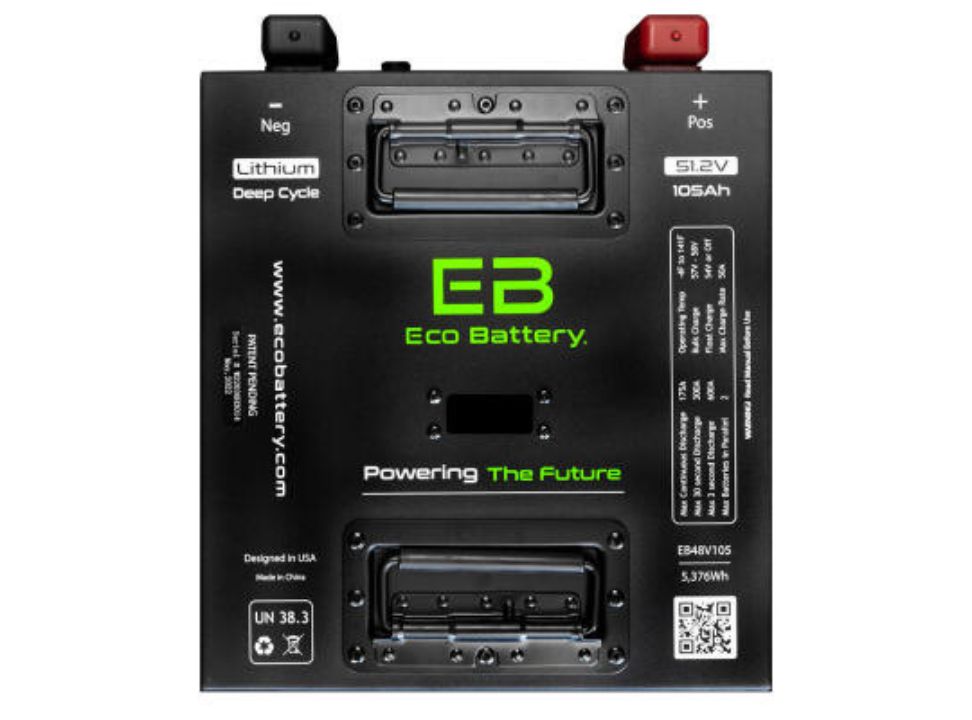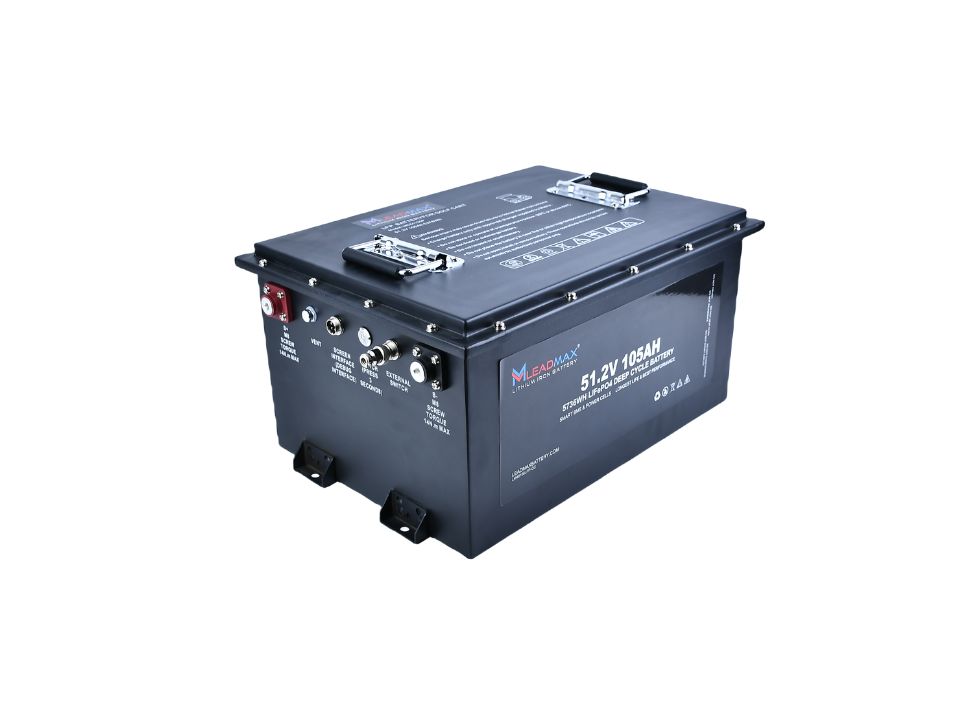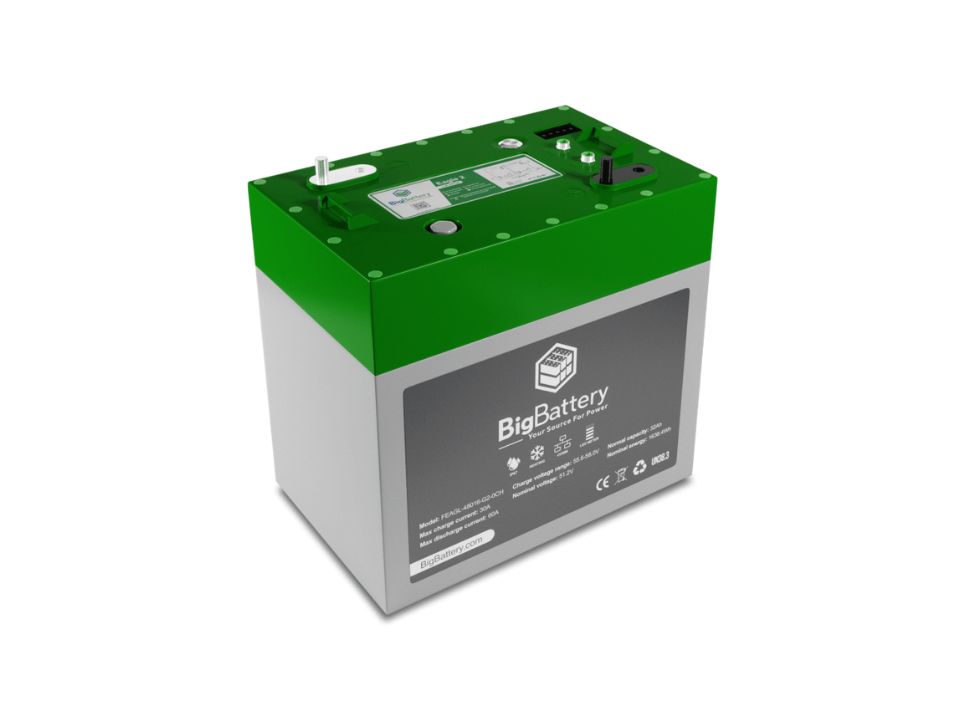Understanding Lithium-Ion Batteries: Uses, Types, and More
Lithium-ion batteries have become an integral part of our daily lives, powering a wide range of devices and applications.
This article aims to provide comprehensive knowledge about lithium-ion batteries, answering common questions and clarifying their significance.
What Uses a Lithium-Ion Battery?
Lithium-ion batteries are utilized in various products across different sectors, including:
- Consumer Electronics: They are commonly found in smartphones, laptops, tablets, and cameras due to their lightweight, high energy density, and long cycle life.
- Electric Vehicles (EVs): Lithium-ion batteries power most electric vehicles, offering a sustainable alternative to traditional fossil fuel engines.
- Renewable Energy Systems: These batteries are used in solar energy storage systems, allowing homeowners to store excess energy generated during the day for use at night.
- Power Tools: Many cordless power tools utilize lithium-ion batteries for their portability and efficiency.
- Medical Devices: Life-saving equipment such as defibrillators and portable oxygen concentrators often relies on lithium-ion technology for reliable power.
Do Lithium-Ion Batteries Need to Be Fully Charged and Discharged?
Unlike traditional nickel-cadmium batteries, lithium-ion batteries do not require a full charge and discharge cycle to maintain their health. In fact, it’s beneficial to avoid complete discharges and frequent full charges.
Keeping the battery level between 20% and 80% can enhance its lifespan
Are Lithium-Ion Batteries Rechargeable?
Yes, lithium-ion batteries are rechargeable, which makes them an excellent choice for a wide range of applications.
They can be charged and discharged hundreds of times before their performance begins to degrade.
What Type of Product Category Do Lithium-Ion Batteries Belong To?
Lithium-ion batteries fall under the category of rechargeable batteries, specifically classified as secondary batteries.
They are widely used in portable electronic devices and are becoming increasingly popular in larger applications, such as electric vehicles and renewable energy storage.
What Are the Types of Lithium-Ion Batteries?
There are several types of lithium-ion batteries, each designed for specific applications:
- Lithium Cobalt Oxide (LiCoO2): Commonly used in consumer electronics due to its high energy density.
- Lithium Iron Phosphate (LiFePO4): Known for its thermal stability and safety, making it suitable for electric vehicles and stationary storage.
- Lithium Manganese Oxide (LiMn2O4): Often used in power tools and medical devices, it provides a good balance of energy density and safety.
- Lithium Nickel Manganese Cobalt (NMC): Popular in electric vehicles, this type combines the strengths of nickel, manganese, and cobalt for enhanced performance.
- Lithium Titanate (Li4Ti5O12): Known for its rapid charging capabilities and long cycle life, it is used in applications requiring high power and safety.
Conclusion
Lithium-ion batteries are vital to modern technology, providing energy solutions for various devices and applications.
Understanding their uses, types, and maintenance can help consumers make informed choices and maximize the performance of their lithium-ion battery-powered devices.
As technology advances, the role of these batteries will only continue to grow, making them an essential component of our everyday lives.
Understanding Lithium-Ion Batteries: Uses, Types, and More Read More »
